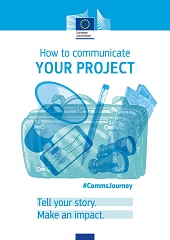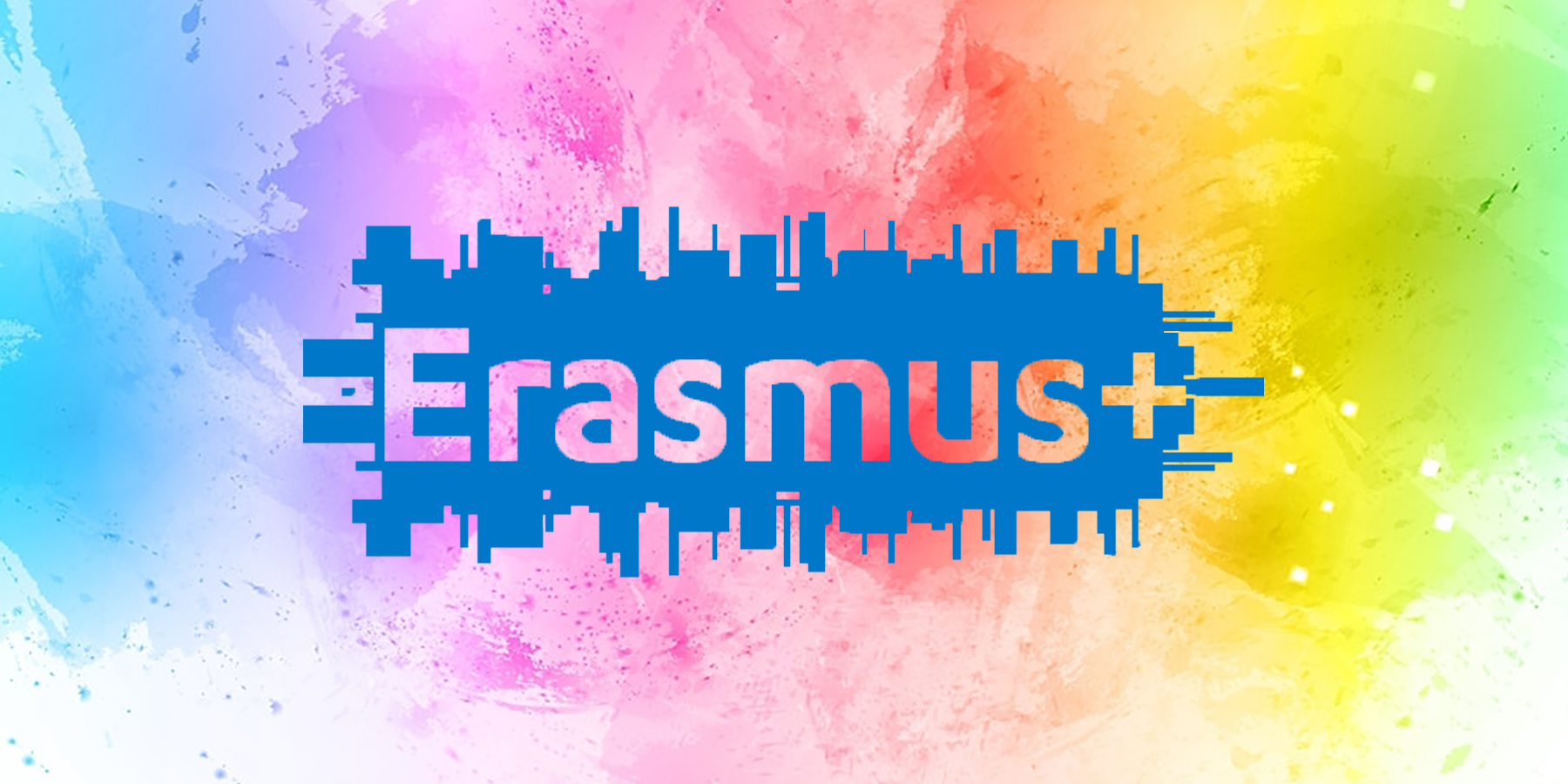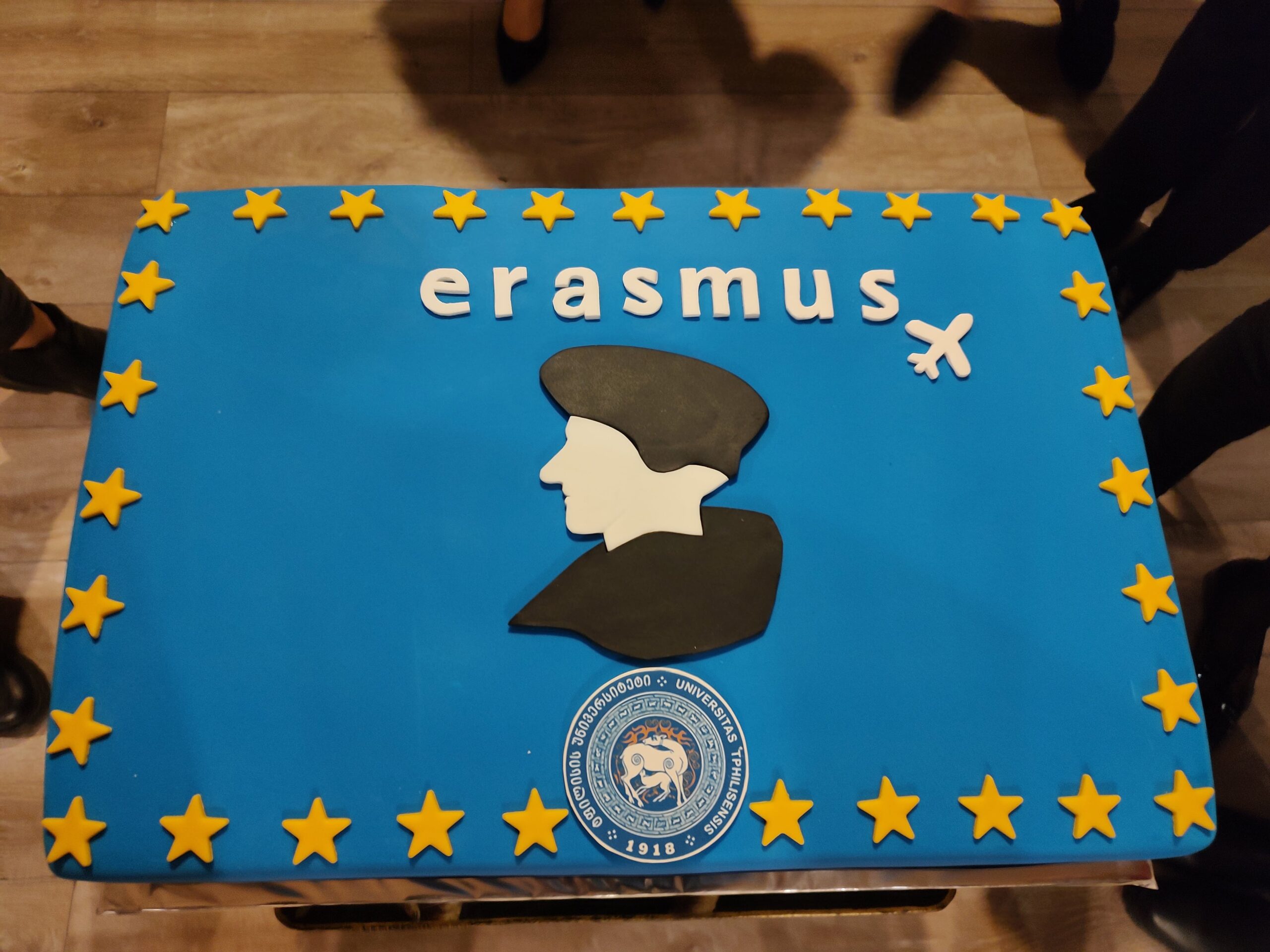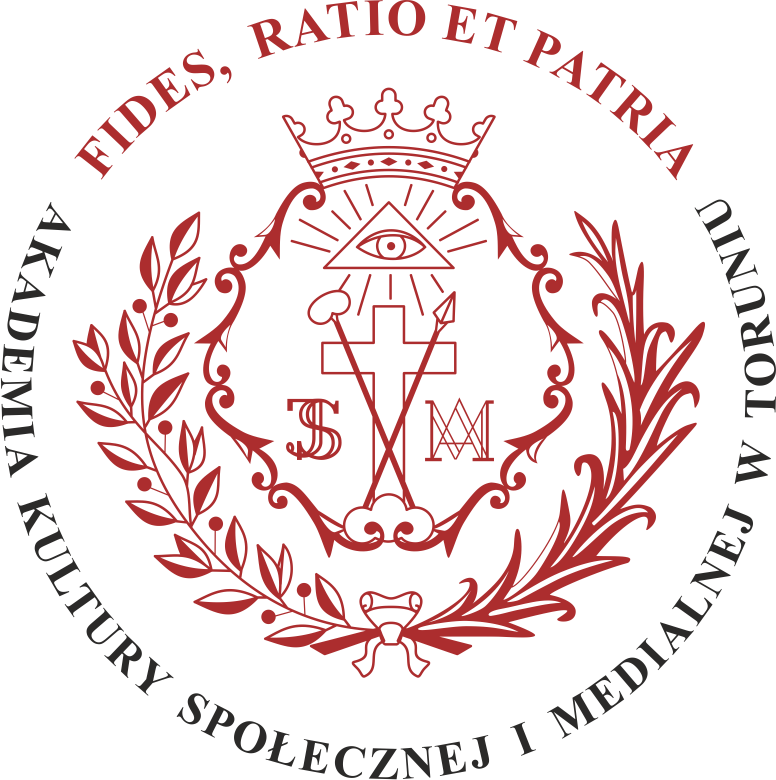The European Commission has published two guides for beneficiaries of European funding:
- A handbook dedicated to the communication of Erasmus+ 2021-2027 projects
- and a guide to give visibility to EU funding

How to communicate an Erasmus+ project
Communication is a two-way process of sharing information and exchanging ideas, data and messages, through appropriate channels, to reach an identified target audience.
It is important because it allows people to connect.
Explaining and sharing emotions with others is the lifeblood of a project that needs to be known and promoted.
Communicating your project:
- allows you to interact with your stakeholders
- shows the impact of your project and its results on society
- expands your organisation’s network for future collaborations
- supports the dissemination of project results
- raises awareness of how the EU budget is spent
- shows the success of European programmes
#CommsJourney: thinking of communication as a journey
The guide published by the European Commission invites to think of the communication of an Erasmus+ project as a journey to be undertaken, a story to be told, a memory to be shared.
The handbook includes five sections, organised in chronological stages:
- Planning: a communication strategy and a corresponding plan defining activities and tasks, to organise the work according to a precise roadmap, in line with objectives, timeframe, needs, resources.
- Creating a visual identity: recognisable, coherent, representative of the project.
- Telling the story of the project: documenting it and building a narrative, paying attention to the difference between information and story-telling and choosing the most suitable channel and language for each communication activity.
- Sharing the results of the project: communication really takes place when we are able to effectively reach the chosen target audience, creating interaction.
- Evaluate whether the communication strategy adopted and the activities undertaken have been effective and successful, also through the identification of qualitative and/or quantitative performance indicators.
The step by step guide to communicating projects and results for the Erasmus+ Programme 2021-2027 is available on the European Union website at this link.
The rules for communicating and ensuring visibility of EU funding in 10 points:
- All recipients of EU funding have a general obligation to acknowledge the origin and ensure the visibility of the funding they receive.
- Highlight the link to EU priorities.
- Engage in specific communication activities (depending on the programme).
- Display the EU emblem correctly and prominently
- Make a simple funding statement visible, mentioning EU support.
- Use and disseminate accurate information.
- Involve the granting authority/EU during communication (depending on the programme).
- Generally, communication and visibility costs count among eligible project costs.
- Grant the EU the right to use the communication material.
- Bear in mind the possibility of financial reductions in case of non-compliance with contractual obligations.
For details, please check the guidance on the European Commission website at this link.
(credits to https://erasmusplus.it/)






